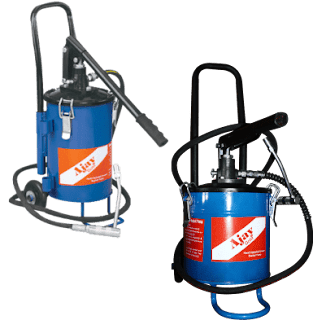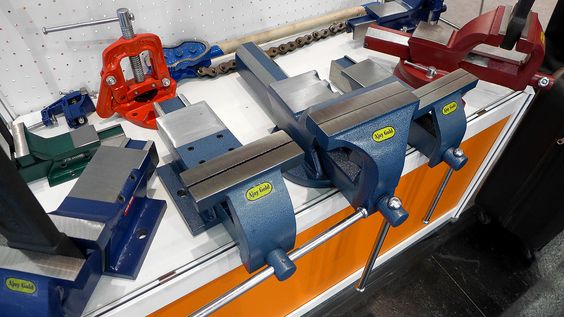Blacksmith Anvil Parts and its uses

Blacksmith Anvil is a large and heavy-weight metallic block used for metalworking. These Anvils are made up of special graded cast iron. Anvil tools are used for making tools or project that falls in the category of metalworking like chains, knives, blades, and many more. There are different parts of anvil used for different purposes: 1. The face of the anvil 2. The horn of the anvil 3. The Table of the anvil 4. The Hardie Hole 5. The Pritchel Hole Each of these anvil tool parts plays an important role, which we have described in the following section: 1. Face of Anvil: The face of the anvil is the primary surface where most of the work is done, which is located on the top of its structure. It is used to shape different metals by striking with the hammer. It resists most of the load and pressure when the hammer is striking on it. It is usually made up of high-quality material because it has to handle high pressure. 2. The horn of the Anvil: For bending the rods, the horn of the anvil i

